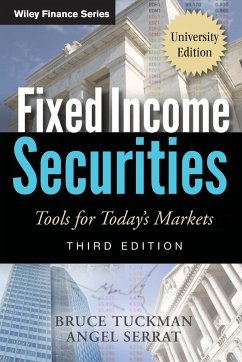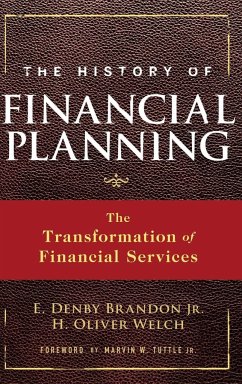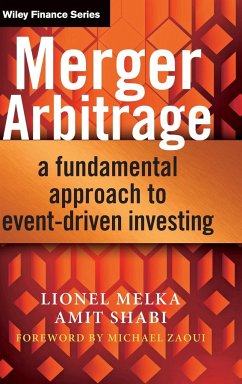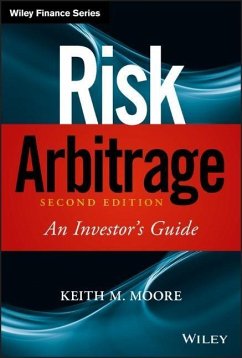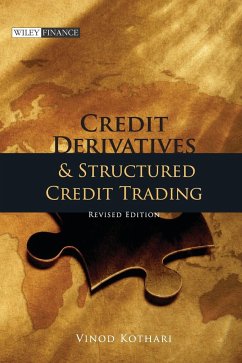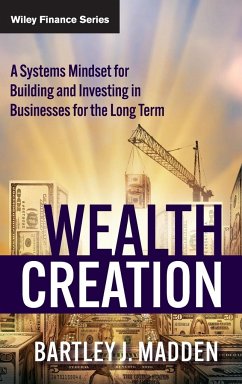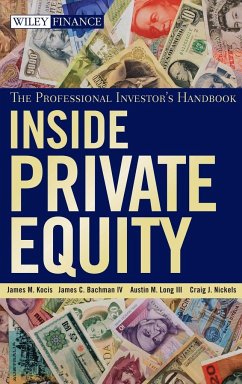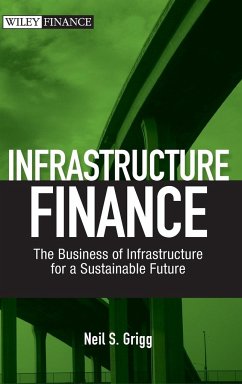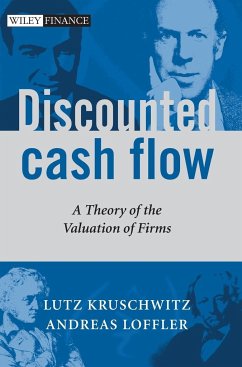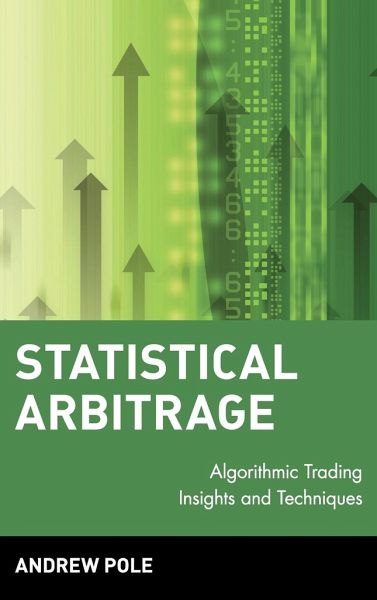
Statistical Arbitrage
Algorithmic Trading Insights and Techniques
Versandkostenfrei!
Versandfertig in über 4 Wochen
85,99 €
inkl. MwSt.
Weitere Ausgaben:

PAYBACK Punkte
43 °P sammeln!
While statistical arbitrage has faced some tough times as markets experienced dramatic changes in dynamics beginning in 2000 new developments in algorithmic trading have allowed it to rise from the ashes of that fire. Based on the results of author Andrew Pole s own research and experience running a statistical arbitrage hedge fund for eight years in partnership with a group whose own history stretches back to the dawn of what was first called pairs trading this unique guide provides detailed insights into the nuances of a proven investment strategy. Filled with in depth insights and expert ad...
While statistical arbitrage has faced some tough times as markets experienced dramatic changes in dynamics beginning in 2000 new developments in algorithmic trading have allowed it to rise from the ashes of that fire. Based on the results of author Andrew Pole s own research and experience running a statistical arbitrage hedge fund for eight years in partnership with a group whose own history stretches back to the dawn of what was first called pairs trading this unique guide provides detailed insights into the nuances of a proven investment strategy. Filled with in depth insights and expert advice, Statistical Arbitrage contains comprehensive analysis that will appeal to both investors looking for an overview of this discipline, as well as quants looking for critical insights into modeling, risk management, and implementation of the strategy.



